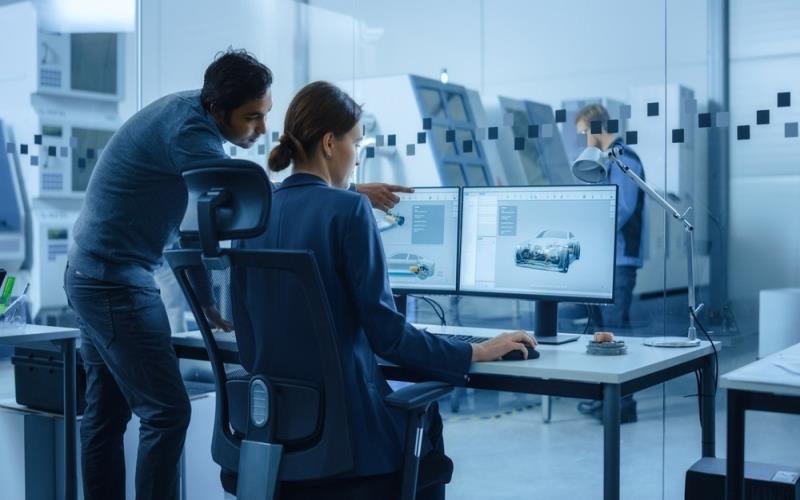In the ever-evolving landscape of technology and engineering, two fields stand out for their groundbreaking advancements: medical device prototyping and 3D automotive prototyping. While seemingly disparate, these realms share a common thread of innovation, pushing the boundaries of what is possible through iterative design, precision engineering, and cutting-edge technologies. In this article, we explore the intersection of these fields, examining their synergies, challenges, and the transformative impact they have on industries and society as a whole.
Driving Innovation Through Prototyping
Prototyping serves as the backbone of innovation, providing engineers and designers with a tangible platform to refine concepts, test functionality, and validate designs before full-scale production. In the medical device industry, prototyping plays a pivotal role in the development of life-saving technologies, ranging from implantable devices to diagnostic equipment.
Similarly, in the automotive sector, 3D prototyping has revolutionized the way vehicles are designed, allowing manufacturers to rapidly iterate on ideas, optimize performance, and enhance safety features. From concept cars to functional prototypes, 3D printing has become an indispensable tool for automotive engineers, enabling them to explore new design possibilities and streamline the production process.
Overcoming Challenges in Complex Design
Both medical device prototyping and 3D automotive prototyping face unique challenges, particularly in the realm of complex design and precision engineering. In the medical field, devices must meet stringent regulatory standards, ensuring they are safe, effective, and compatible with the human body. This necessitates a meticulous approach to prototyping, with an emphasis on biocompatibility, material selection, and sterilization methods.
Similarly, automotive prototyping demands a keen attention to detail, as engineers strive to optimize aerodynamics, reduce weight, and enhance fuel efficiency without compromising structural integrity or safety. From intricate engine components to advanced driver-assistance systems, every aspect of automotive design requires rigorous testing and validation through prototyping.
Leveraging Advanced Technologies
Advancements in technology have propelled both medical device prototyping and 3D automotive prototyping to new heights, unlocking unprecedented possibilities for innovation. In the medical field, additive manufacturing techniques such as selective laser sintering (SLS) and stereolithography (SLA) allow for the creation of intricate geometries and patient-specific implants with unmatched precision.
Similarly, automotive manufacturers are harnessing the power of 3D printing to produce lightweight components, customize vehicle interiors, and even create functional prototypes of entire vehicles. With the advent of digital twin technology, engineers can simulate real-world conditions and optimize designs in virtual environments before physical prototyping, reducing time-to-market and minimizing costs.
Collaborative Opportunities
The convergence of medical device prototyping and 3D automotive prototyping presents exciting opportunities for collaboration and knowledge exchange between industries. By sharing insights, best practices, and technological innovations, engineers and designers can leverage each other’s expertise to tackle common challenges and drive collective progress.
For example, advancements in materials science and biomimicry inspired by nature’s designs could revolutionize both medical and automotive applications, leading to the development of stronger, lighter, and more resilient materials. Likewise, breakthroughs in sensor technology and data analytics could enhance the performance of both medical devices and automotive systems, ushering in a new era of interconnected smart devices.
Shaping the Future of Innovation
As we look to the future, the intersection of medical device prototyping and 3D automotive prototyping holds immense promise for transformative innovation across multiple industries. From personalized healthcare solutions to autonomous vehicles, the synergies between these fields have the potential to reshape the way we live, work, and interact with technology.
By embracing a collaborative and interdisciplinary approach to prototyping, engineers, designers, and researchers can unlock new possibilities, break down traditional barriers, and drive progress towards a safer, healthier, and more sustainable future for all.
In conclusion, the convergence of medical device prototyping and 3D automotive prototyping represents a nexus of innovation, where creativity, technology, and ingenuity intersect to push the boundaries of what is possible. As these fields continue to evolve and intertwine, they will undoubtedly shape the future of engineering, leaving an indelible mark on industries and society for generations to come.


